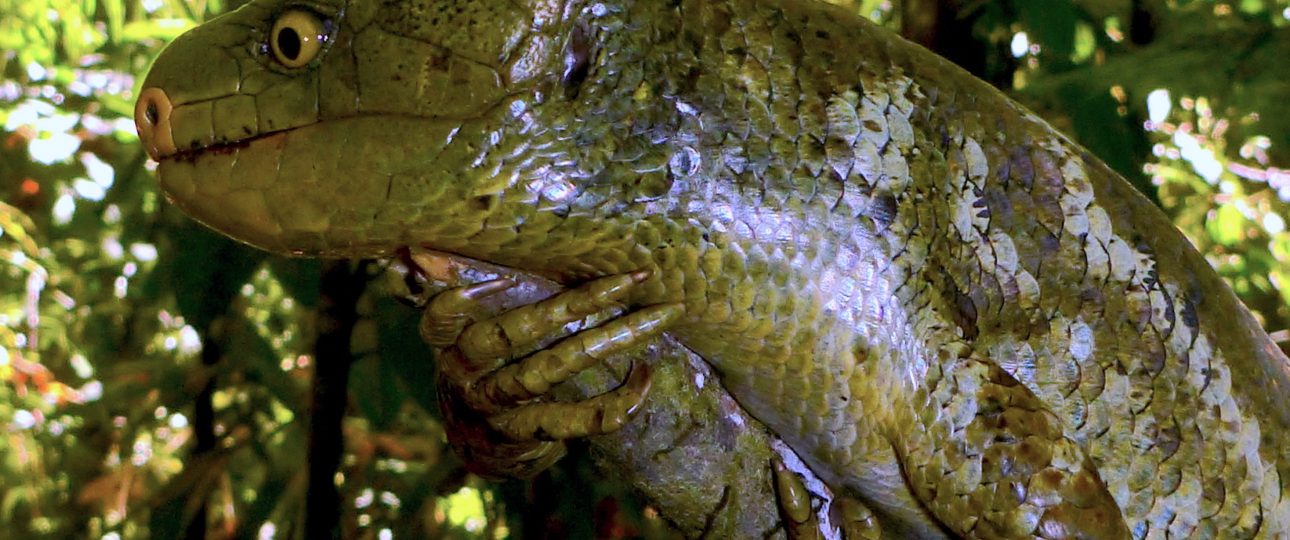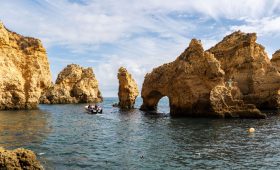Exploring Kolombangara Island
Kolombangara Island in the Solomon Islands offers a unique travel experience for those seeking adventure and authenticity. This island, less frequented by tourists, allows visitors to engage deeply with its natural beauty and cultural heritage.
What Makes Kolombangara Island Unique?
Kolombangara Island is a dormant volcano, its last eruption occurring over 10,000 years ago. This geological history has crafted a landscape of dramatic mountains, dense rainforests, and cascading waterfalls. The island’s biodiversity is remarkable, with many endemic species that attract nature enthusiasts and photographers alike.
Best Time to Visit
Plan your visit between April and October, the island’s dry season. During this time, the weather is generally mild, though occasional showers can occur due to the tropical climate. This period also offers optimal conditions for underwater exploration, as the surrounding coral reefs boast clear waters and vibrant marine life, ideal for snorkeling and scuba diving.
How to Get There
By Air:
Fly into Honiara International Airport, the main gateway to the Solomon Islands. From Honiara, take a domestic flight to Munda Airport on New Georgia Island. From Munda, you can reach Kolombangara by boat or a small plane.
By Sea:
For a scenic journey, take a ferry or private boat from Honiara to Gizo on Ghizo Island. From Gizo, hire a boat to Kolombangara. Be sure to check transportation schedules in advance, as they can vary with the season and weather.
Local Transportation
Once on Kolombangara, explore the island by foot, bike, or motorbike. Walking is perfect for short distances and offers an immersive experience in the island’s scenery. Numerous hiking trails provide access to stunning views and hidden waterfalls. For longer distances, renting a bicycle or motorbike is a practical option. Engaging with locals and hitchhiking is also common, reflecting the islanders’ friendly and welcoming nature.
Key Facts
- Kolombangara Island is a dormant volcano with lush rainforests and unique wildlife.
- The ideal visiting period is during the dry season from April to October.
- Access the island via air or sea, with connections through Honiara and Munda.
- Local transport options include walking, biking, and hitchhiking.



